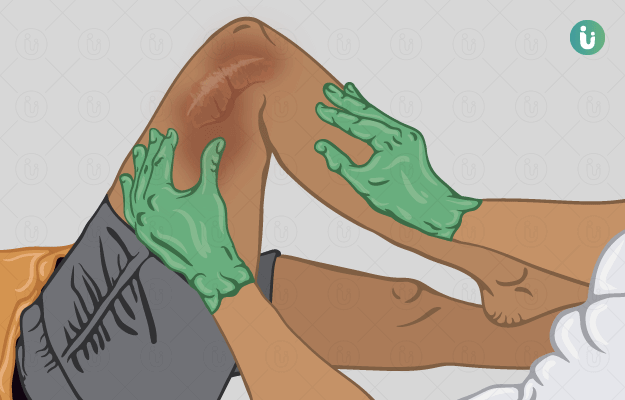Keloids are the abnormal growth of scar tissue at the site of an injury caused either due to a surgical incision or trauma. The keloid grows beyond the original margins of the scar. Keloids are different from hypertrophic scars, as the latter do not grow beyond the boundaries of the original wound and could reduce over time.
Keloids may appear as thick, firm, raised scars that grow larger over time. Keloids may turn dark when exposed to the sun. They are usually painless but can become painful if they rub against your clothes.
Keloids can be prevented by using pressure earrings, silicone gels and bands and drape bandage over the keloids after any surgery or wound.
Keloids can be treated with the help of cryotherapy, corticosteroid injections, surgical removal, laser treatment, radiation therapy and ligature ties. Keloid treatment can take up to two to six months. And there's always the possibility that the keloid may recur after treatment.

 Doctors for Keloid
Doctors for Keloid  Keloid articles
Keloid articles

 Homeopathic Treatment of Keloid
Homeopathic Treatment of Keloid























 Dr. Rachita Narsaria
Dr. Rachita Narsaria











